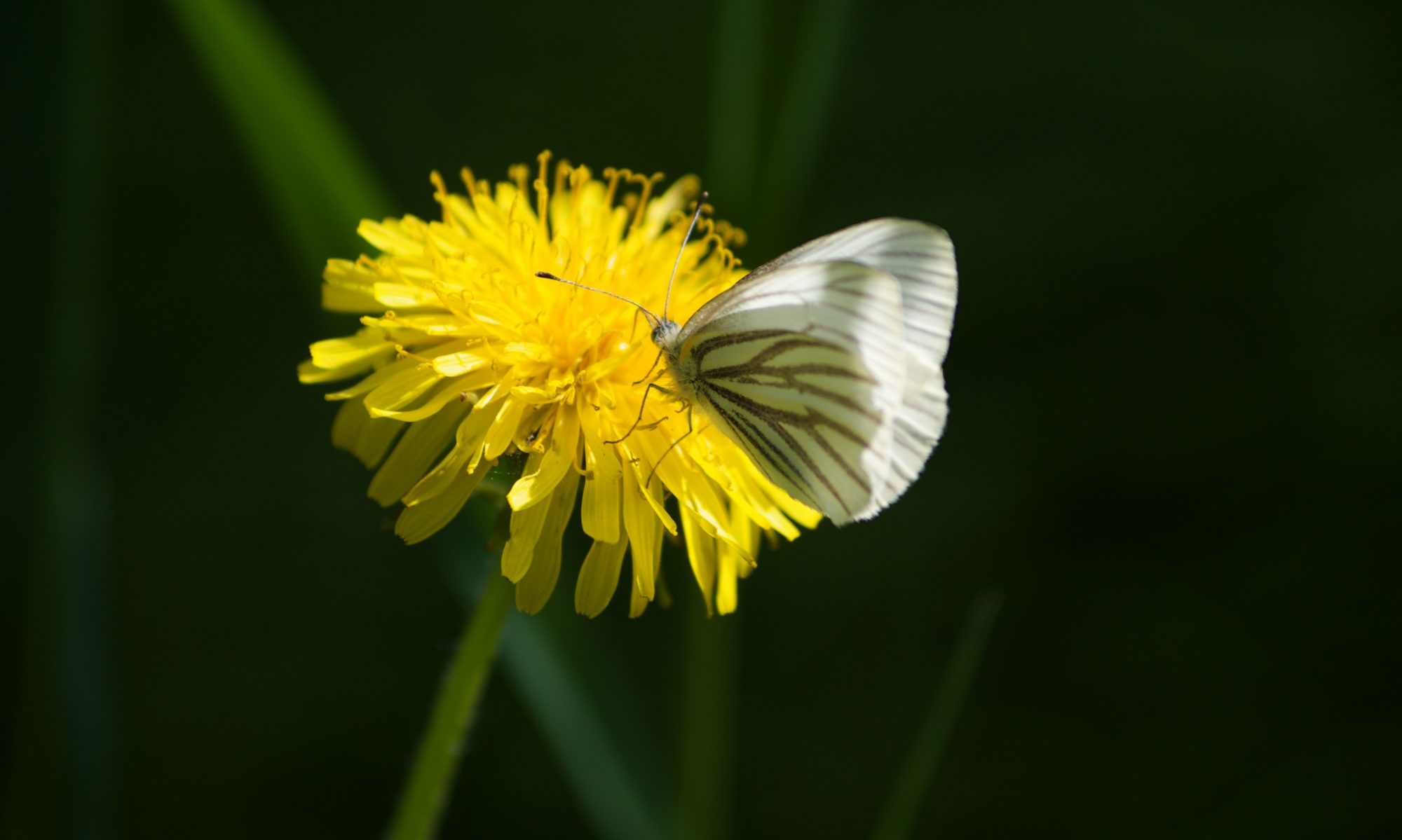A week or so ago I finished reading an article in the February 2014 issue of National Geographic entitled “Yukon: Canada’s Wild West” (written by Tom Clynes with amazing photography by Paul Nicklen). I have been to the Yukon all of one time in my life, and that just for a couple of days in the spring. Even that tiny taste of such a wonderland left me wanting more.
(If you have not read the article and viewed the photographs already, stop reading this and go and do that.)
But there is something going on beyond all of that beauty. The Yukon is in the midst of a new gold rush that is beginning to rival any other large-scale industrial activity going on in Canada at the moment. Most people, however, don’t seem to have a clue that it’s going on – and that even goes for people here in BC where the Yukon is our next door neighbor. My guess is that many Canadians – generally clustered along our southern border – forget that our north even exists.
It’s time for us to take more notice.
Here are a few of the highlights (or should I say low lights?) from the article:
- Current legislation permits any adult to stake a claim almost anywhere in the territory.
- Some royalty payments to the government were set way back in 1906 and haven’t been changed in any substantive way since. The article quotes Lewis Rifkind of the Yukon Conservation Society who says: “…we’re still regulating (mining) with laws written when that bearded guy on our license plates was crouching in a creek, shaking a pan.”
- The Faro Mine Complex, an now-defunct open pit lead-zinc mine – will take over a hundred years to clean up and will cost taxpayers ~$700 million dollars.
- The currently protected and virtually pristine Peel watershed is now under threat of development.
If you care about conservation, any of those points is worrisome enough. But nothing in the article was as worrisome as this quote attributed to Mr. Shawn Ryan, one of the most successful contemporary Yukon prospectors:
“I tell people not to get too attached to all this beauty. We just might want to mine it.”
While this is, to me at least, a shocking statement, I’d first like to thank Mr. Ryan for his honesty. Second, I’d like to point out that there is a great deal of wisdom (though wrongheaded) in that statement.
Specifically this: Mr. Ryan is absolutely correct in his realization that people who become attached to a place will be the first to question the proposed exploitation of that place.
This hit home to me even more this past weekend with the annual hoopla surrounding Earth Hour. Of course I recognize that this is just a symbol to remind people of their impact on the world around them. That is fine and good. But the big problem that I see with events like Earth Hour is that there is no real effort made to get people to find attachment to the world around them. How many people actually know where/how their electricity is generated or what specific impact that process has? And how many of those who know that actually contemplate it very often?
The unfortunate reality is that without an attachment to place, many environmental concerns are going to be at best esoteric and at worst not even considered. In complete honesty I worry that I’m really not much better than anyone else in that respect. I’m currently typing on a computer for which I have no clue where the component parts came from (perhaps some of the metals were mined in the Yukon? They were certainly mined somewhere.). I am drinking tea that claims to be ethically sourced, but what does that really mean? I ate yogurt for lunch, and the oil-derived plastic container that it came in is staring at me on my desk hoping to be at least recycled.
Those admissions are coming from someone who considers himself to be pretty attached to the environment around him and beyond. What about the person who does not have the opportunity to spend time in a natural setting or to even read a magazine like National Geographic?
Take a moment to read Mr. Ryan’s unintended wisdom again:
“I tell people not to get too attached to all this beauty. We just might want to mine it.”
Now contemplate your attachment to your place and how it impacts your decisions. Then think about creative ways to begin to stimulate that in others around you.
